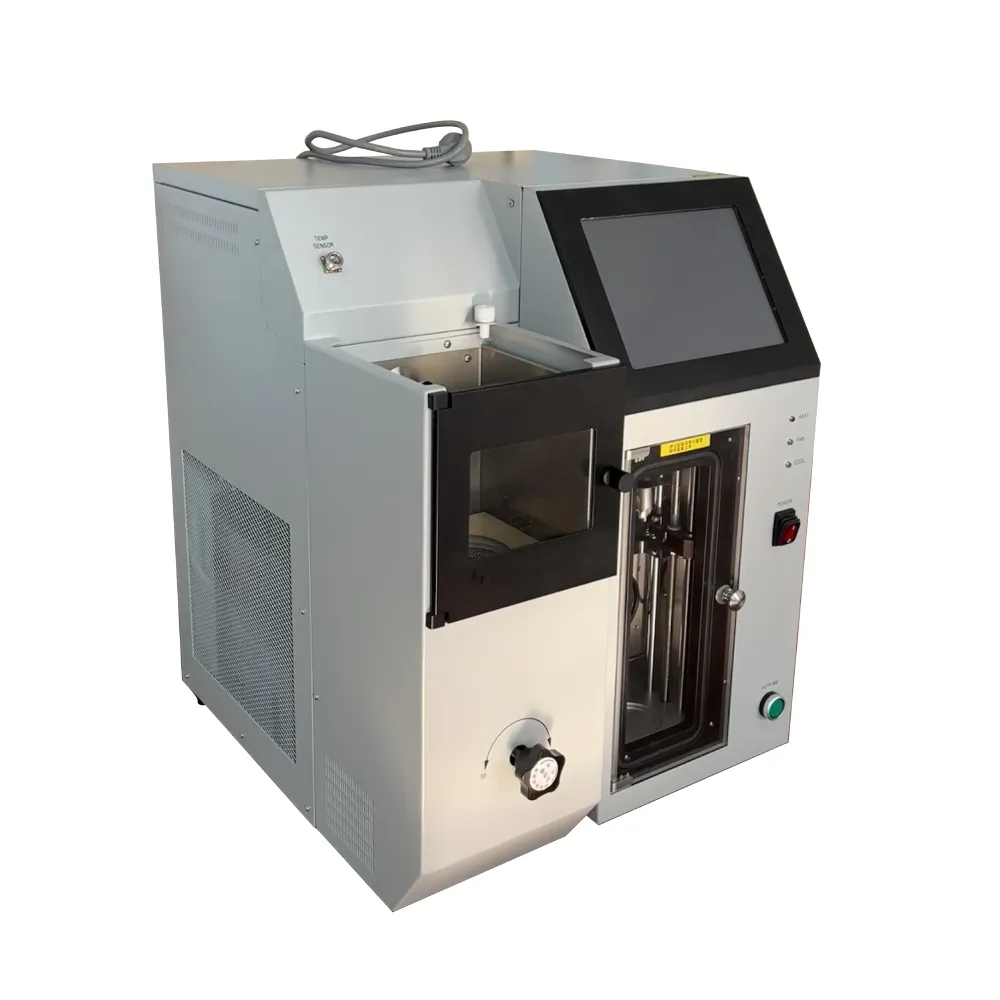 English
English



-
 Afrikaans
Afrikaans -
 Albanian
Albanian -
 Amharic
Amharic -
 Arabic
Arabic -
 Armenian
Armenian -
 Azerbaijani
Azerbaijani -
 Basque
Basque -
 Belarusian
Belarusian -
 Bengali
Bengali -
 Bosnian
Bosnian -
 Bulgarian
Bulgarian -
 Catalan
Catalan -
 Cebuano
Cebuano -
 China
China -
 China (Taiwan)
China (Taiwan) -
 Corsican
Corsican -
 Croatian
Croatian -
 Czech
Czech -
 Danish
Danish -
 Dutch
Dutch -
 English
English -
 Esperanto
Esperanto -
 Estonian
Estonian -
 Finnish
Finnish -
 French
French -
 Frisian
Frisian -
 Galician
Galician -
 Georgian
Georgian -
 German
German -
 Greek
Greek -
 Gujarati
Gujarati -
 Haitian Creole
Haitian Creole -
 hausa
hausa -
 hawaiian
hawaiian -
 Hebrew
Hebrew -
 Hindi
Hindi -
 Miao
Miao -
 Hungarian
Hungarian -
 Icelandic
Icelandic -
 igbo
igbo -
 Indonesian
Indonesian -
 irish
irish -
 Italian
Italian -
 Japanese
Japanese -
 Javanese
Javanese -
 Kannada
Kannada -
 kazakh
kazakh -
 Khmer
Khmer -
 Rwandese
Rwandese -
 Korean
Korean -
 Kurdish
Kurdish -
 Kyrgyz
Kyrgyz -
 Lao
Lao -
 Latin
Latin -
 Latvian
Latvian -
 Lithuanian
Lithuanian -
 Luxembourgish
Luxembourgish -
 Macedonian
Macedonian -
 Malgashi
Malgashi -
 Malay
Malay -
 Malayalam
Malayalam -
 Maltese
Maltese -
 Maori
Maori -
 Marathi
Marathi -
 Mongolian
Mongolian -
 Myanmar
Myanmar -
 Nepali
Nepali -
 Norwegian
Norwegian -
 Norwegian
Norwegian -
 Occitan
Occitan -
 Pashto
Pashto -
 Persian
Persian -
 Polish
Polish -
 Portuguese
Portuguese -
 Punjabi
Punjabi -
 Romanian
Romanian -
 Russian
Russian -
 Samoan
Samoan -
 Scottish Gaelic
Scottish Gaelic -
 Serbian
Serbian -
 Sesotho
Sesotho -
 Shona
Shona -
 Sindhi
Sindhi -
 Sinhala
Sinhala -
 Slovak
Slovak -
 Slovenian
Slovenian -
 Somali
Somali -
 Spanish
Spanish -
 Sundanese
Sundanese -
 Swahili
Swahili -
 Swedish
Swedish -
 Tagalog
Tagalog -
 Tajik
Tajik -
 Tamil
Tamil -
 Tatar
Tatar -
 Telugu
Telugu -
 Thai
Thai -
 Turkish
Turkish -
 Turkmen
Turkmen -
 Ukrainian
Ukrainian -
 Urdu
Urdu -
 Uighur
Uighur -
 Uzbek
Uzbek -
 Vietnamese
Vietnamese -
 Welsh
Welsh -
 Bantu
Bantu -
 Yiddish
Yiddish -
 Yoruba
Yoruba -
 Zulu
Zulu
gas chromatography gases
Gas Chromatography for Gases An Overview
Gas chromatography (GC) is a powerful analytical technique widely used for separating and analyzing compounds that can be vaporized without decomposition. It plays a crucial role in various fields, including environmental monitoring, food and beverage testing, petrochemical analysis, and forensic science. This article aims to provide an overview of gas chromatography as it pertains to the analysis of gases, highlighting its principles, applications, and advantages.
Principles of Gas Chromatography
At its core, gas chromatography involves the separation of components in a gaseous mixture as they pass through a stationary phase, typically a column packed with solid or liquid materials. The separation is based on the differences in the interaction of the various components with the stationary phase and their volatilities. The sample is introduced into a heated injection port, where it is vaporized and carried by an inert carrier gas—commonly helium or nitrogen—through the column.
As the gaseous mixture travels through the column, components with stronger interactions with the stationary phase exit more slowly than those with weaker interactions. This differential retention time leads to the separation of the components, which then reach the detector at different times. The output from the detector is recorded as a chromatogram, a graphical representation of detector response versus time, which can be analyzed to identify and quantify the components present in the sample.
Applications of Gas Chromatography
Gas chromatography is employed in various applications due to its precision, sensitivity, and versatility. In environmental science, for instance, it is used to analyze air quality by detecting trace levels of volatile organic compounds (VOCs) and pollutants. Regulatory agencies rely on GC results to monitor compliance with pollution control standards.
gas chromatography gases

In the food and beverage industry, gas chromatography is instrumental in ensuring quality and safety. It is used to analyze flavor compounds, additives, and contaminants in various products, including alcoholic beverages, oils, and packaged foods. GC helps in flavor profiling, determining authenticity, and detecting spoilage or adulteration.
In petrochemical analysis, gas chromatography assists in characterizing different hydrocarbons within crude oil and its derivatives. This information is vital for refining processes and evaluating the quality of fuels. Furthermore, in forensic science, GC is employed to analyze blood and urine samples for drugs and toxins, providing critical evidence in criminal investigations.
Advantages of Gas Chromatography
One of the primary advantages of gas chromatography is its high resolution and sensitivity, allowing for the detection of trace amounts of compounds. The technique can separate complex mixtures and provide quantitative analysis, making it invaluable for many industries. Additionally, gas chromatography is relatively fast, enabling quick turnaround times for analyses.
Another significant benefit is the ability to automate the process. Modern gas chromatographs are equipped with advanced software for data acquisition and analysis, making them user-friendly and minimizing human error. Moreover, the use of inert carrier gases and high-purity chromatographic columns reduces contamination risks, ensuring the integrity of the results.
Conclusion
Gas chromatography is an essential analytical tool for the separation and analysis of gaseous components. Its applications span multiple sectors, from environmental monitoring to food quality assurance and forensic science. With its high sensitivity, speed, and ability to handle complex mixtures, gas chromatography continues to be a cornerstone of analytical chemistry. As technological advancements continue to evolve this technique, its role in scientific research and industrial applications is expected to expand, further enhancing its value as a robust analytical method.
-
Ensuring SF₆ Gas Safety: Introducing PUSH’s Integrated SF₆ Analyzer for Dew Point, Purity, and Decomposition MonitoringNewsJul.10,2025
-
Exploring the Main Types of Industrial Endoscopes and Their Applications Across IndustriesNewsJul.04,2025
-
Testing Equipment Industry Sees Major Advancements in 2025: Smart & Precision Technologies Lead the WayNewsJun.06,2025
-
Applications of Direct Current Generators in Renewable Energy SystemsNewsJun.05,2025
-
Hipot Tester Calibration and Accuracy GuidelinesNewsJun.05,2025
-
Digital Circuit Breaker Analyzer Features and BenefitsNewsJun.05,2025



